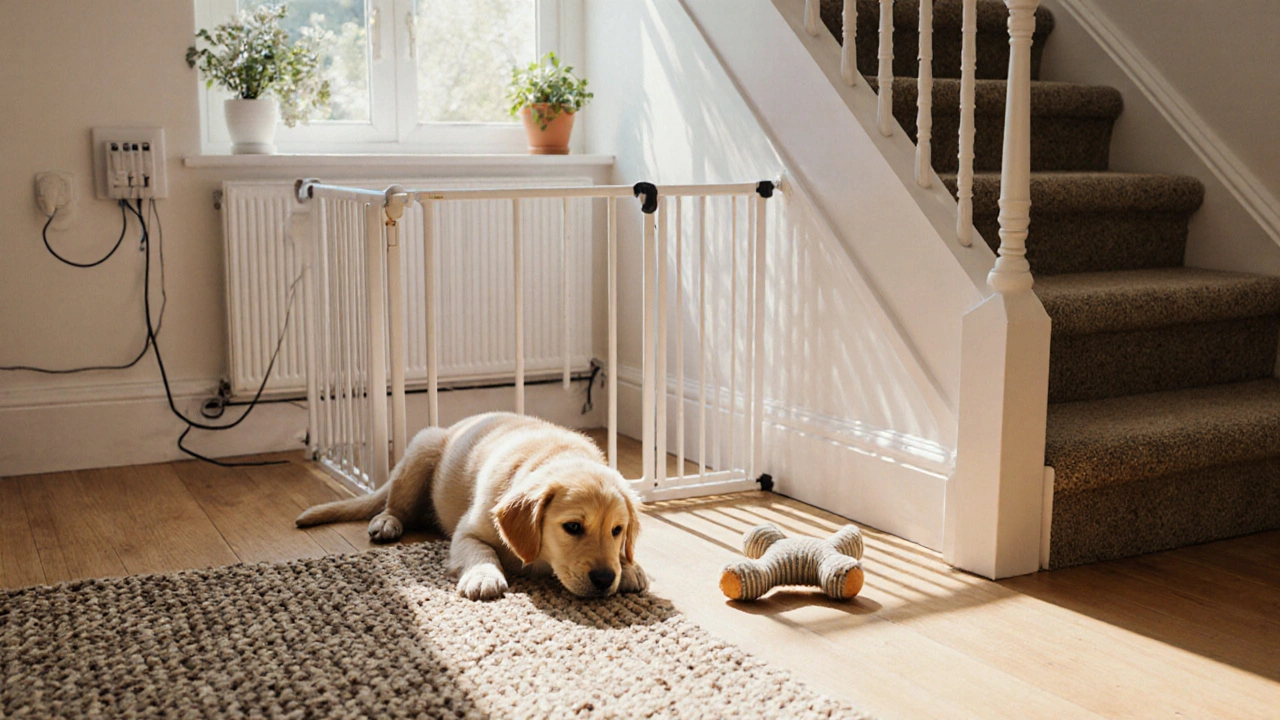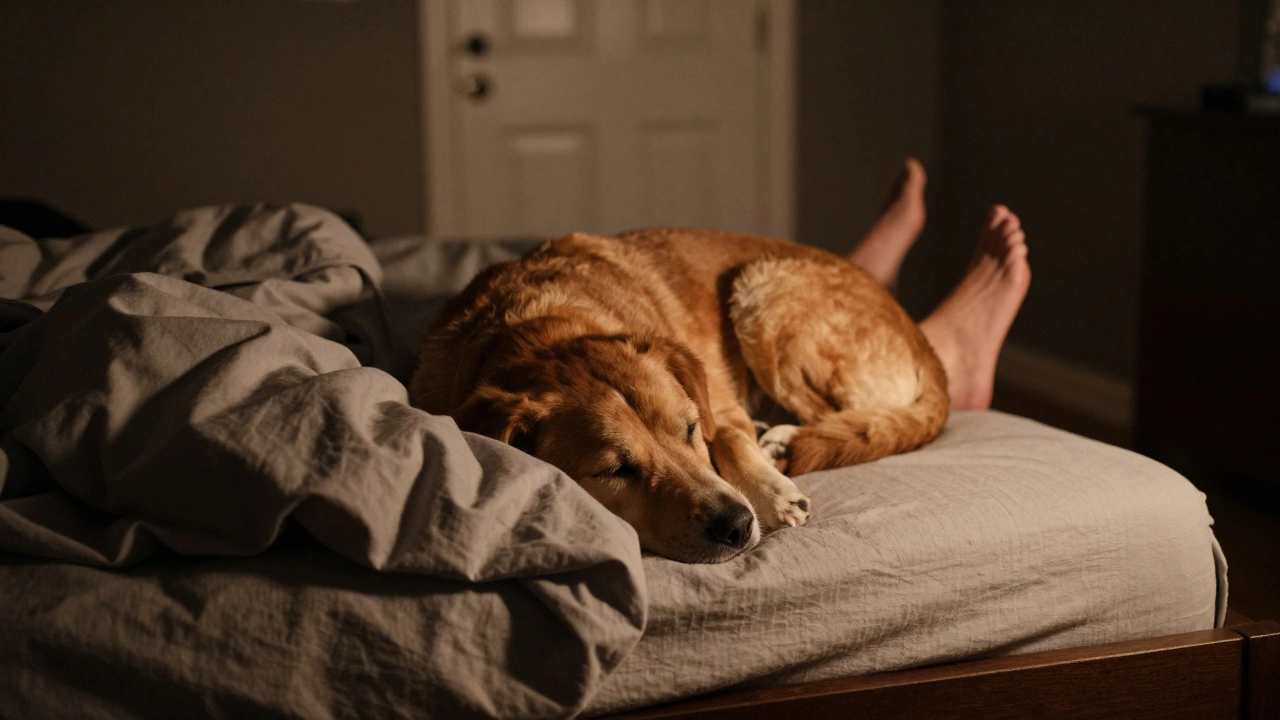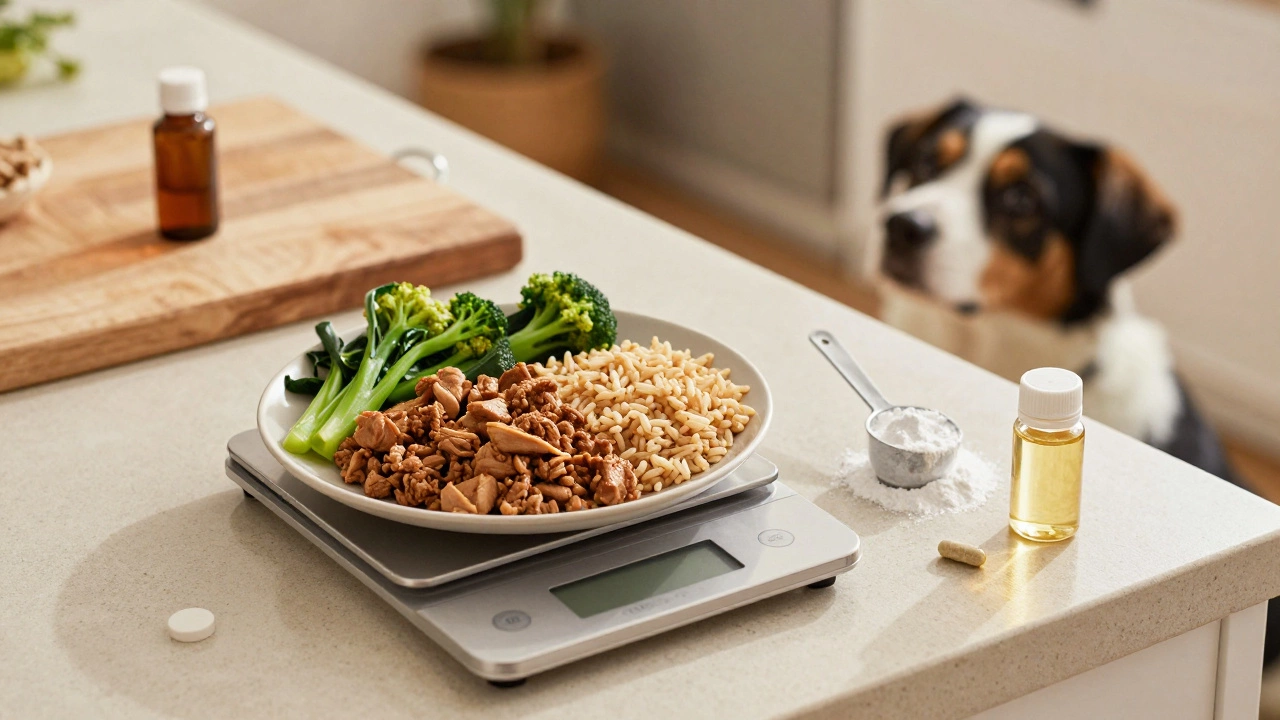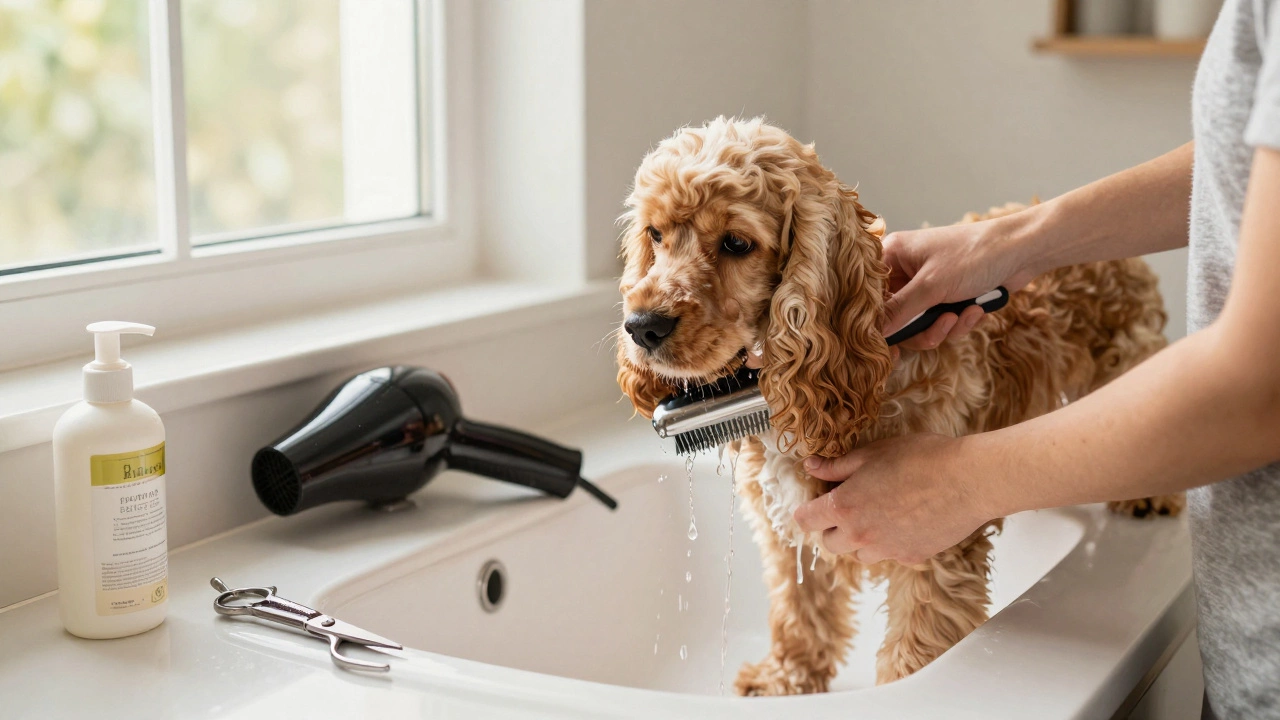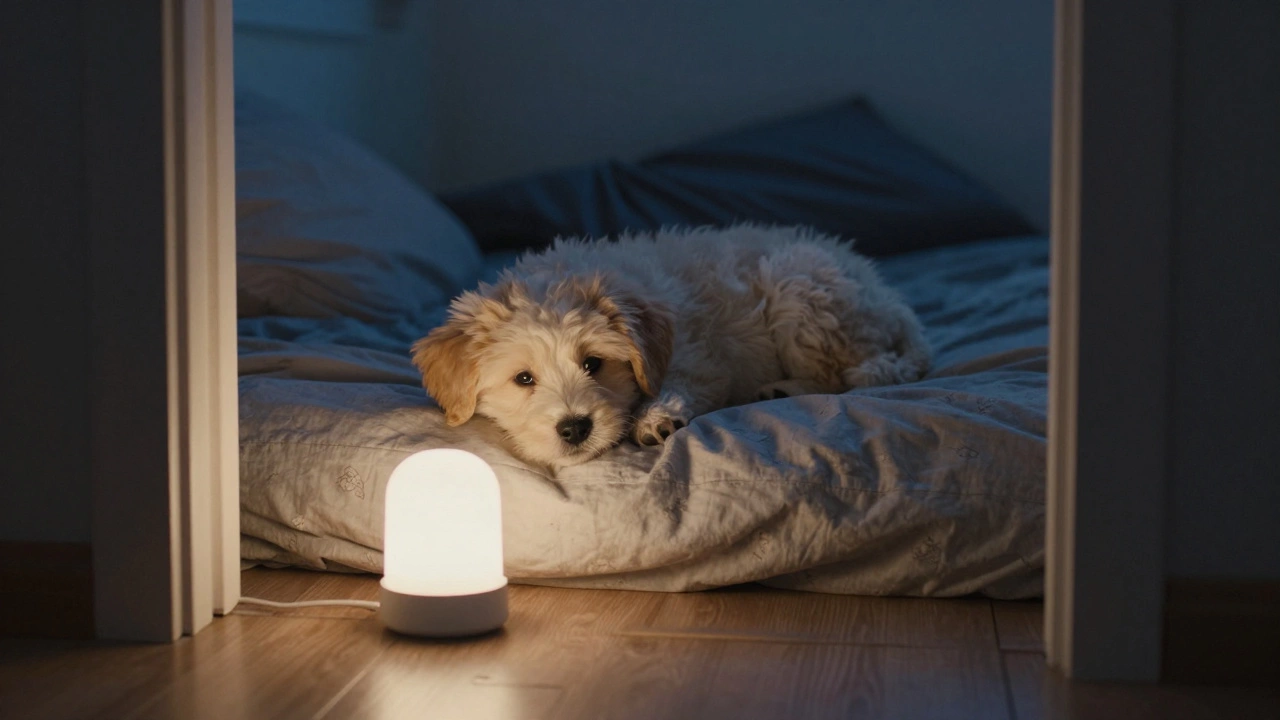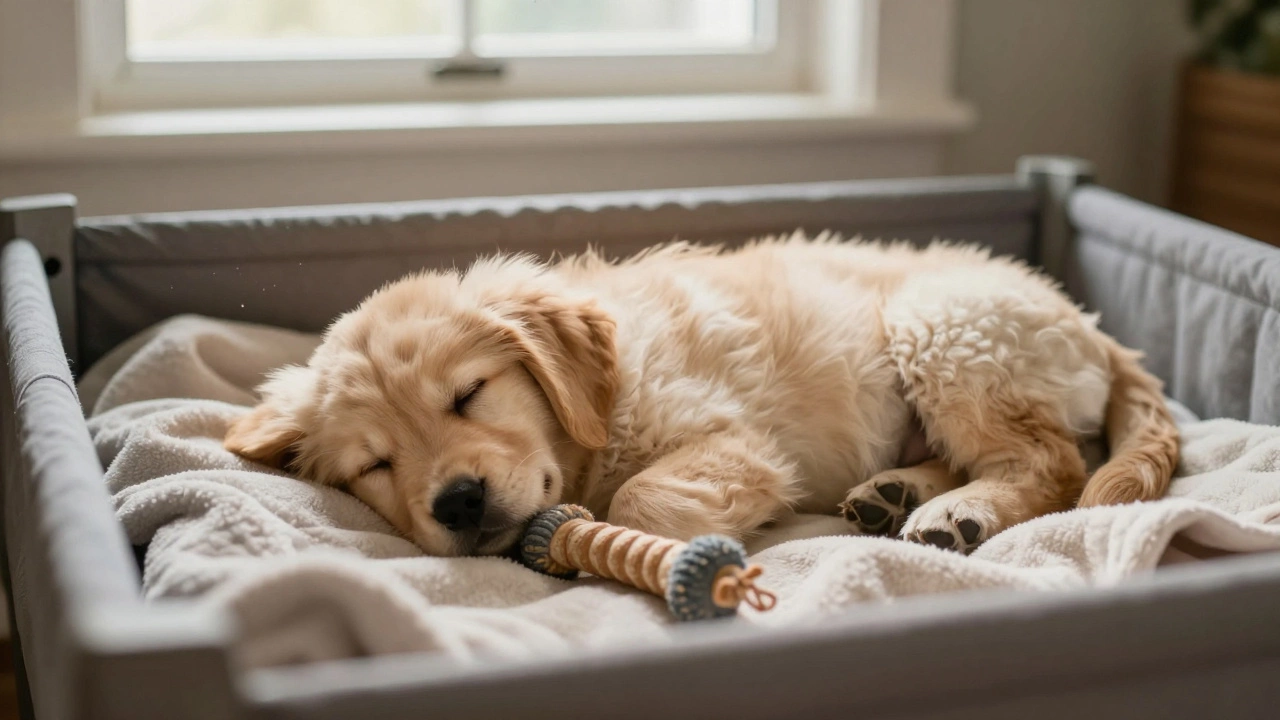Puppy Crate – Your Guide to Calm, Safe, and Happy Puppies
When working with puppy crate, a portable, den‑like enclosure that gives a young dog a secure place to rest, sleep, and learn boundaries. Also known as crate for puppies, it helps owners manage training, house‑breaking, and travel in a low‑stress way. Crate training is the method that turns this space into a learning tool; the puppy learns that the crate means safety, not punishment. In simple terms, puppy crate encompasses crate training, while crate training influences puppy anxiety and builds confidence. This relationship means that a well‑chosen crate can reduce barking, speed up potty training and make trips to the vet less scary.
Key Considerations for a Good Puppy Sleep Routine
The next step after picking the right size is to think about puppy sleep routine. A consistent routine tells the puppy when it’s time to wind down, which lowers nighttime restlessness. Pair the crate with a quiet corner, a comfy blanket, and a low‑volume nightlight; these cues signal that the crate is a place to relax. When you set up a nighttime crate correctly, you create a predictable environment, and the puppy learns to associate the crate with calm sleep rather than isolation. The semantic link is clear: a well‑managed puppy sleep routine requires a properly positioned night‑time crate, and together they reduce puppy anxiety during the night.
Finally, remember that the crate isn’t a one‑size‑fits‑all solution. Choose a model with solid walls for security, but with ventilation for fresh air. Keep the crate away from loud appliances and high‑traffic zones to avoid overstimulation. If your puppy barks in the crate, it’s a sign of either boredom or fear; offer a chew toy, a scent‑ed blanket, or a short pre‑crate play session to shift the focus. Monitoring the puppy’s body language—ears back, tail tucked, or frantic pacing—helps you spot early signs of crate anxiety and adjust the setup before it becomes a habit. By lining up the right crate size, placement, and sleep routine, you give your puppy a trusted space that supports training, reduces stress, and encourages healthy habits. Below you’ll find a curated list of articles that dive deeper into each of these points, from night‑time crate tips to handling bark‑in‑crate situations.
Best Spot to Keep an 8‑Week‑Old Puppy at Home
Learn how to safely set up a home space for an 8‑week‑old puppy, covering puppy‑proofing, confinement options, sleep area, bathroom training, temperature tips, and daily routine.

